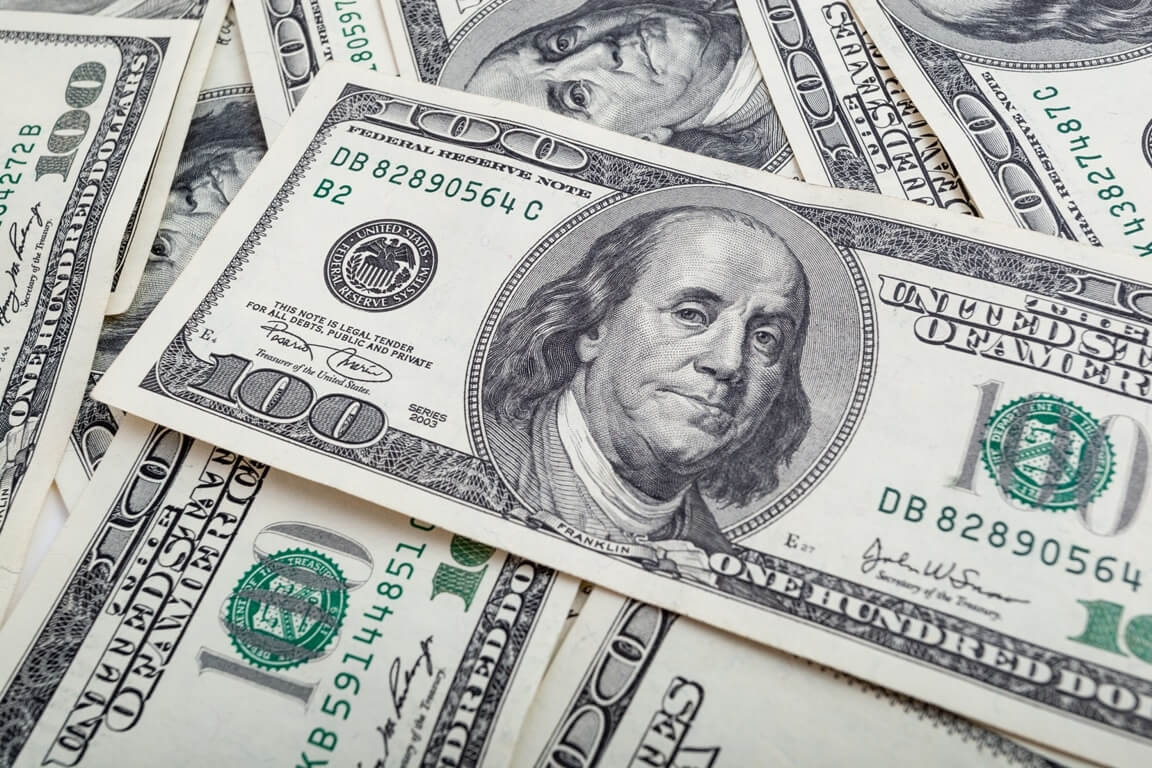
U.S. dollar soared ahead of the Fed meeting. What about Euro?
The U.S. dollar continued rallying on Tuesday. It traded near a two-decade peak against the basket of major currencies. Market participants expect the Federal Reserve to announce another aggressive rate increase. This week several central banks have scheduled meetings along with the Fed.
The Swedish crown jumped briefly versus the dollar and Euro after Sweden’s central bank hiked its rates more than analysts expected today. However, the crown retreated again as the Euro surged forward. The latter hit a new six-month high of 10.846 crowns. Meanwhile, the greenback soared by 0.36% to 10.82 crowns on Tuesday.
Francesco Pesole, the currency strategist at ING, noted that such a raise was partially the Riksbank’s attempt to boost the krona. However, it failed, which is not surprising. Pesole pointed out that the relationship between central bank policies and European currencies had been breaking down as markets traded on the energy and economic growth outlook for Eurozone instead.
On Tuesday, the dollar index climbed up by 0.2% to 109.82. It edged back to the 110.79 point, which the greenback had reached earlier this month. The two-year U.S. Treasury yield supported the dollar along with the expectations about the Fed meeting. The yield jumped as high as 3.992% in early London trade, hitting its highest level since November 2007.
Investors are focusing on the Federal Reserve’s meeting, which will start later on Tuesday and last for two days. Currency markets have fully priced a 75 basis point hike, but the polls show approximately a 15% chance of a super-sized full percentage point raise.
Forex markets will consider U.S. housing data later today, but as the Fed meeting remains the main event, the moves will likely be more subdued for now – stated Pesole.
How are the Euro and Sterling faring?
The Euro tumbled down against the greenback to $1.0013 on Tuesday. Earlier this month, it plunged as low as $0.9864 on September 6, reaching this level for the first time in two decades. The British Pound traded a bit higher at $1.1446 today. The Bank of England’s meeting is on Thursday. The bank will announce its policy decision then. Some traders expect a 50-basis point increase from the bank, while others vote for a 75 basis point increase hike.
Meanwhile, the Bank of Japan will likely keep its ultra-easy stimulus policy unchanged. It aims to support its economy, but such a decision weighs on the Japanese Yen. It dropped by 0.27% to 143.59 against the dollar at last.
Tohru Sasaki, a strategist at J.P. Morgan in Tokyo, stated that even though CPI was very strong, the BoJ will probably maintain its position about the rate hikes. However, the USD/JPY pair will eventually manage to break above 145.
What about the EM currencies?
Emerging market currencies plummeted on Tuesday as the greenback surged forward. At the same time, stocks rebounded after a three-week selloff in the region. The Chinese yuan traded near two-year lows, along with South Africa’s rand. Moreover, the Philippine peso collapsed to a record low of 57.47 versus the dollar. Analysts think the Philippine central bank might prefer to increase its rates by a half-point on Thursday.
Moreover, the Turkish lira dropped by 0.2% today. According to President Tayyip Erdogan, inflation doesn’t pose an insurmountable economic threat to the country. He also stated that it would begin to drop at the end of the year. However, inflation jumped to more than 80% in August, sending the lira in the red.
Piotr Matys, the senior FX analyst at InTouch Capital Markets, noted that economists don’t expect capital inflows into emerging markets until the Federal Reserve starts reducing interest rates. But that won’t likely occur this year, so EM currencies will likely remain in the red.




